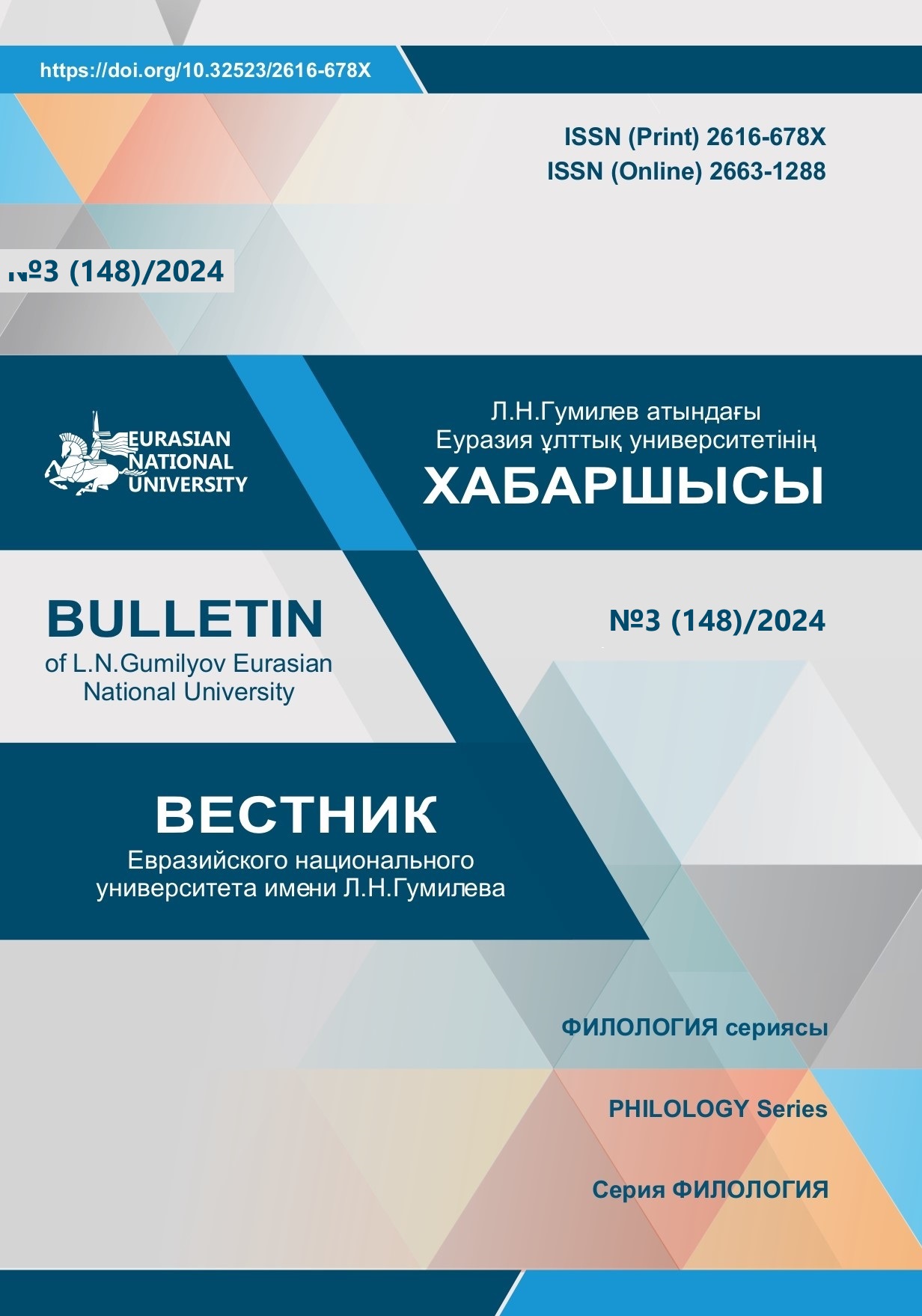Kazakh toponymy in Mongolian regions (based on written sources)
Views: 232 / PDF downloads: 217
DOI:
https://doi.org/10.32523/2616-678X-2024-148-3-80-94Keywords:
Mongolian Kazakhs, historical toponymy, historical event, morphological structure, toponymic legends, folklore studies, written sources, toponymsAbstract
The article examines the historical toponymy of Mongolian Kazakhs, based on an analysis of written data. More than a century and a half has passed since Kerei Abak, a branch of
the Kazakh people, settled in the Mongolian lands beyond the Altai. Mongolian Kazakhs, who have experienced various historical periods and hardships, now consider the remote side of Altai and the Kobda region as their homeland. Names of places and water symbolize history and people’s memory. The main aim of the scientific work is to collect and systematize the historical toponymy of
Mongolian Kazakhs and to determine their main characteristics and connection with history.
At the same time, the written data are primarily the travelogues of the expedition members who visited Mongolia in the 19th century, the poems of folk poets written in connection with the historical events that brought dire conditions to the country. Additionally, the memories and emotions of compatriots who spent their childhood in their homeland and later returned to their homeland, and the poems and emotions of modern poetsand other materials were used as a basis. In the research work, the published books related to the history of migration of Mongolian Kazakhs and their current lives were used as research sources. The relevance of scientific work historical toponymy of Mongolian Kazakhs has never been an object of research. The innovative character of the work is also
connected with this.
The historical toponymy of Mongolian Kazakhs is rich and diverse. Historical toponymy gives a
lot of information about the history of blood brothers and the events of the country. It is determined that the settlement of Mongolian Kazakhs in their homeland is connected with self-sacrificing struggle and courageous decisions of historical figures. The theoretical and practical significance of the work is the research work in recognizing the history of the settlement of Kazakhs abroad and the formation of historical toponymy. The results of the work can be used in lectures of philology departments of higher educational institutions, and research works on this topic. Descriptive (descriptive), historicalcomparative
(comparative), historical-comparable (typological), linguistic-etymological, cognitive,
and summative methods were used in the research.







